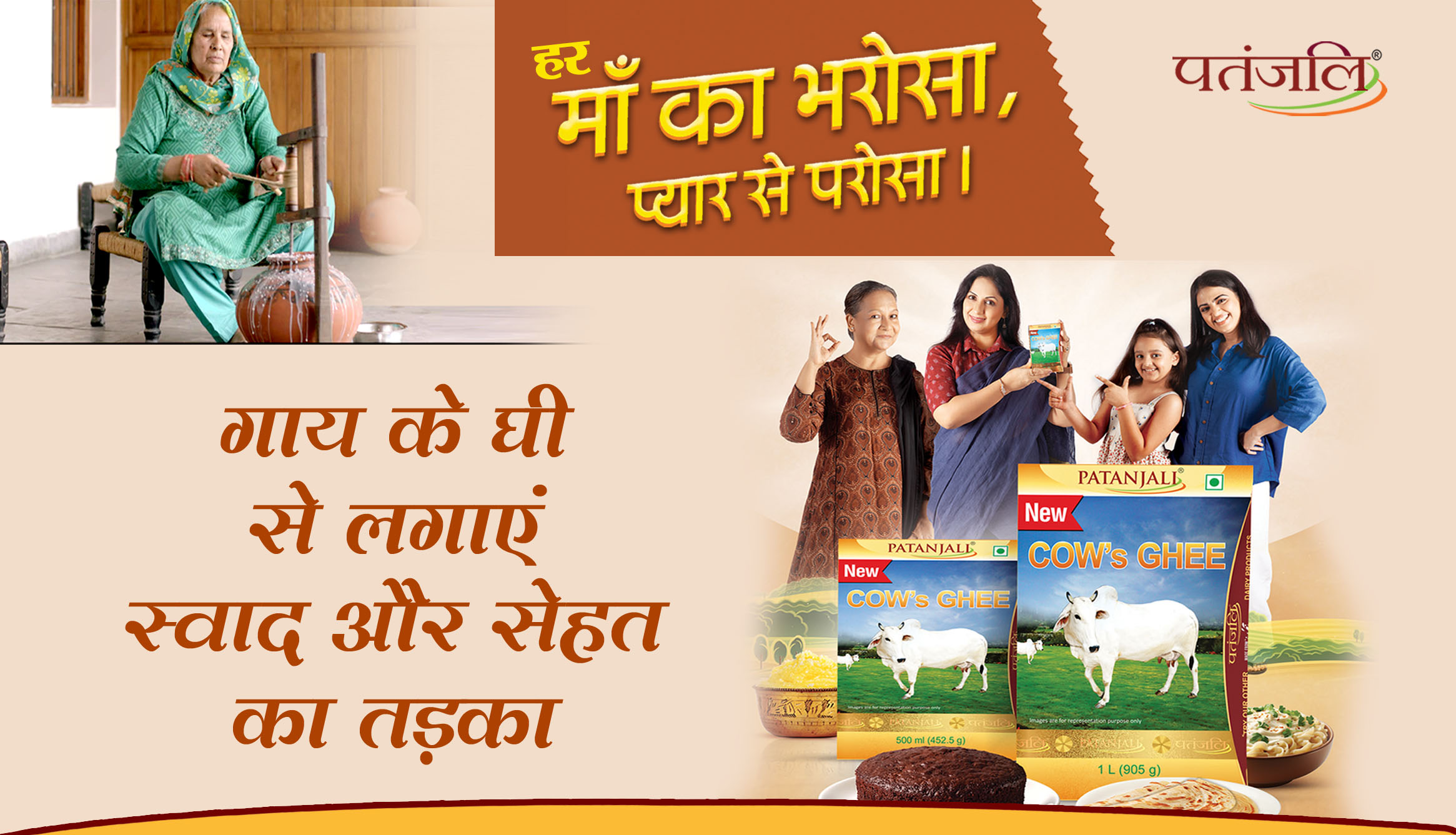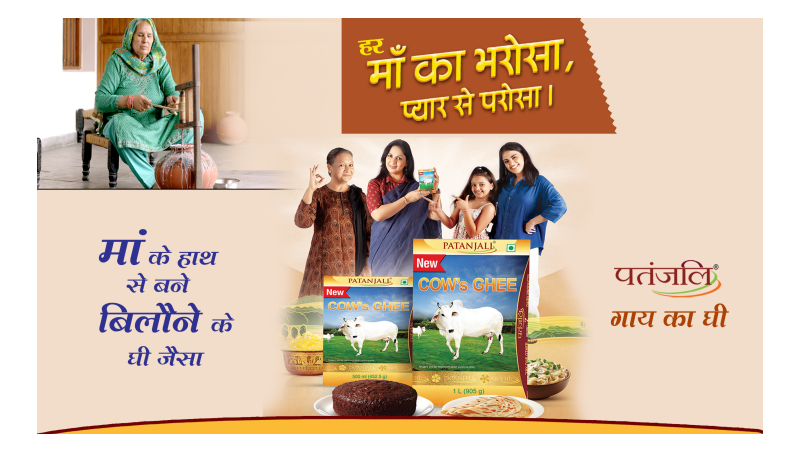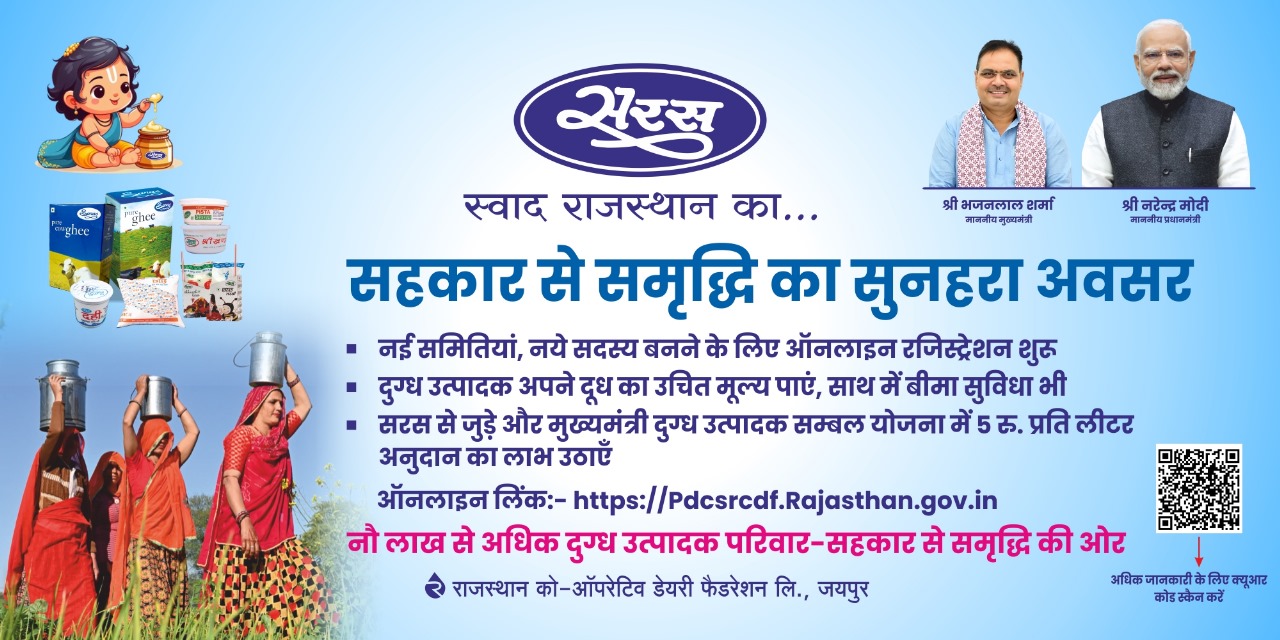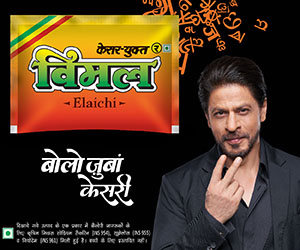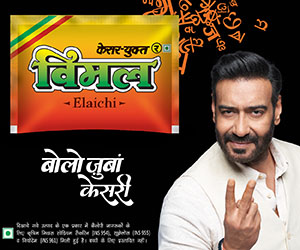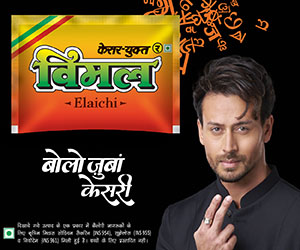KUSHAL JEENA for POLITALKS BUREAU: SONIA GANDHI, a humble and gentle woman of a foreign origin, once reluctant to be a part of complicated politics has of late emerged as country most powerful politician who has not only mastered the art of springing surprises in Indian politics but also became first ever politician who showed the mantle of turning down the offer of top office of the Prime Minister.
The Italian-born Sonia Gandhi, the longest ever serving President of the Indian National Congress, the left of the center grand old political party that ruled India for most of its post-independence history, could set this record because she has become a binding force who is acceptable to all among the opposition grouping in general and within her party in particular. Her re-elevation as the Congress President is evident of the fact that her leadership is time-tested and she is the only reliable face for the party at a time of deep crisis.
Firstly, after the gruesome assassination of her mother-in-law and India’s first lady Prime Minister Indira Gandhi by her body guards in 1984, she came across with dark face of Indian politics, and made all attempts to prevent her husband from making forays into politics, but failed. She, however, opted to live in isolation with her kids away from public galore after Tamil rebels from Sri Lanka assassinated her husband Rajiv Gandhi. She was forced to enter politics in 1998 and took over party’s charge from Sita Ram Kesri, a veteran Congress leader and became head of the party at a time when electoral and political fortunes of the party were on declining.
After Sonia’s entry in the political arena in 1998, when the Congress was in tatters at the Centre and remained in power only in four states, she agreed to pick up the party reins, after she was persuaded to do so in the wake of senior leaders quitting the party to set up regional outfits.
After assuming the high office of the party president Sonia Gandhi led the party from the front and successfully formed a conglomerate of opposition parties called United Progressive Alliance. When the Congress was in a shambles, Sonia — described by sections of the media as the most powerful woman in India steered it to victory in 2004, ousting the BJP-led National Democratic Alliance government.
She sprung a surprise when it was apparent that she is all set to occupy the office of the Prime of the country as she took a back seat and chose Manmohan Singh as the prime minister of the United Progressive Alliance government. Sonia has again decided to act from behind the scene in the recent past after several rounds of illness, but has once again been seen as an aggressive opposition leader, signalling her party MPs to put the government on mat and corner it in Parliament on issues confronting nation.
Silence was her sharpest weapon, as she spoke little and seldom in public, but wielded enormous power within the Congress. Most of the time wrapped in cotton saris that reminded old-timers of her mother-in-law, she has over the years addressed public rallies in her accented Hindi, countering the opposition BJP’s campaign against her Italian origin. Under her stewardship, the Congress came to power at the Centre for two consecutive terms from 2004 to 2014 and returned to power in a host of states.
The then party president achieved this by successfully stitching electoral alliance with like-minded parties. The UPA-I and UPA-II were fine examples of Sonia’s ability to bring non-BJP forces together. However, her prediction of the Congress returning at the Centre on its own, made at the party’s Pachmarhi conference, never came true though. Sonia braved tremendous odds to earn her place in Indian politics as she conquered the limitations of language and her foreign origin to win the hearts of people.
Born to Italian parents in Lusiana, Vicenza (Italy), on December 9, 1946, Sonia met Rajiv Gandhi in England where she was studying. The young language student and the son of then Indian prime minister were married 1968. Contemporary history recalls how Sonia cradled her mother-in-law’s body after she was gunned down by her bodyguards, and later tried to persuade her husband not to take up the prime minister’s post. She was first elected as a law maker to the Lok Sabha from Amethi in 1999, and by virtue of that became the leader of the opposition in the lower house.
She later accommodated her son Rahul Gandhi in Amethi. In 2004, she led the electoral campaign of her party which secured the largest number of seats and formed a coalition government. When she nominated Manmohan Singh as the prime minister, her standing went up by several notches. Her supporters called it an act of sacrifice, while some saw it as a political masterstroke.
She continued to wield power in the party as the chairperson of the UPA and the leader of the Congress in Parliament, leading its strategy inside and outside the houses. She also introduced the concept of national advisory council, a forum that made periodic recommendations to the government that opposition often dubbed a “dual power centre”.
Sonia Gandhi was the President of the Indian National Congress from March 1998 to December 2017, before she handed over the reins of the party to Rahul Gandhi. She was also the Chairperson of the United Progressive Alliance in its first and second terms in government.
Sonia Gandhi had held the post of the Congress President for 19 years, the longest tenure for anyone in the party’s 134-year history till she handed over the charge to her son. However, Rahul Gandhi could not reverse the fortunes of the party that had already been in a free-fall despite his spirited poll campaign. Rahul resigned as the party president, after the humiliated defeat in Lok Sabha, pushing the organisation into a tailspin. Some of the party leaders described his decision to step down as an impetuous.
While the collapse of the party was on his watch, its vitals had been corroded in the years before he took over. While holding that post for nearly two decades was unwise, the cardinal failure of Ms. Gandhi’s leadership was in not preparing the ground for a transition, even if it were to be within the family. Rahul, who was to take over as party president, did not join the government, undermining his credibility as a Prime Ministerial aspirant. While Ms. Gandhi allowed politics to be reduced to intrigues in her durbar, Rahul spent his time on misjudged priorities like ushering overall change over in the student and youth wings of the party promoting youngsters over old guards.
Sonia Gandhi has been treated as a leader from the Gandhi family who has always been taken the party’s electoral fortunes to an upward swing like when she took over from Kesari the Congress party led a rag-tag coalition for two consecutive terms.
When was once again brought at the helm of the party affairs few months back, the party and its allies tasted electoral wins in the results of the by-elections in 63 seats held in 17 states and recently performed very well in Haryana and joined the government in Maharashtra with Nationalist Congress Party and Shiv Sena.
By Kushal Jeena, Delhi



